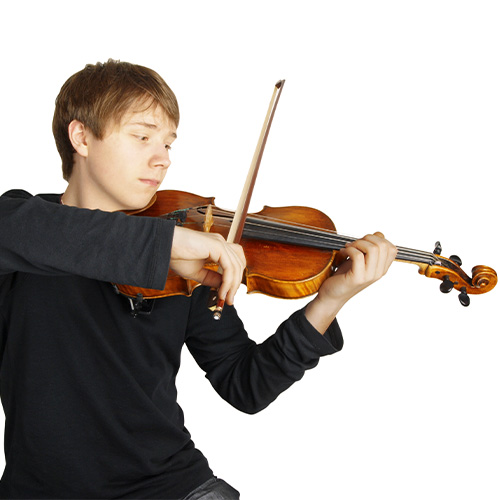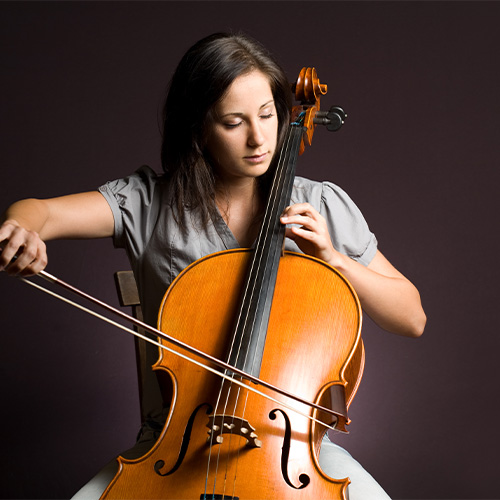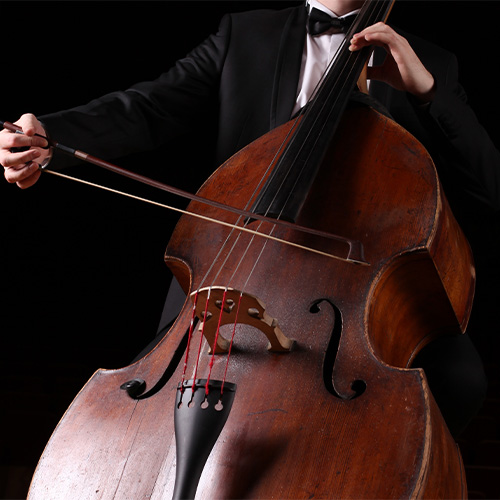Y1. Lesson 10.
Prior learning: Beat
Duration: 30 minutes
Materials: Woodblocks or claves
Keywords: Beat, rhythm, singing, chanting, partners, rhymes, circle games.
Difficulty: ![]()
Prepare
ta & ti-ti
Present
Practise
Rhythm
 Melodic development
Melodic development
![]() Students discover a new song and clap the rhythm.
Students discover a new song and clap the rhythm.
- Sing the song using a neutral syllable to the class.
- Ask the class to repeat the first line after you.
- Continue with the following lines in the same fashion, with students copying you.
- When secure, teach the first line; students should repeat after you.
- Repeat for the following lines.
- Ask the class to sing with you.
- Students should sing and clap the beat, then ask them to clap the rhythm.
 Questions
Questions
- What word did you learn that describes "the way the words go?'
- What is the song about?
- What is a buttercup, and where can it be found?
 Rhythmic development
Rhythmic development
![]() Students discover strong and weak beats through kinesthetic movement.
Students discover strong and weak beats through kinesthetic movement.
- Students are seated and should be attentive.
- Lead the class in singing Rain Rain.
- Ask students to put the strong beat on their knees and the weak beat on their shoulders as they sing.
- Project or draw the beat circles.
- The first row comprises eight empty circles, each representing one beat.
- Point to each beat as the class sings, again putting the strong and weak beats together on their bodies.
- The second row shows the strong beat marked by a cross. Emphasise the strong beat when singing.
- Point to each strong beat as the class sings.
- Ask a volunteer to come up and point to each strong beat.
 Creative movement
Creative movement
![]() Students clap the rhythm to animal names.
Students clap the rhythm to animal names.
- Students are seated and watch as a series of Australian animal pictures are shown.
- The object for students is to clap and identify how many sounds are in the animal's name.
- Once the name has been correctly identified, the students should repeat the time names using ta and ti-ti over a steady clapped beat (2-metre).
- For example, 'Kangaroo' would be spelt ti-ti ta.
- This age group may not recognise some animals, so that guidance may be needed.
- Extension: Ask a volunteer to come forward and tell the class about an animal not shown and to identify how many sounds the name contains.
- Repeat as time permits.
 Listening
Listening
![]() Students discover the string family of the orchestra.
Students discover the string family of the orchestra.
- Project the graphic.
- Ask students what these four instruments are.
- Explain that the smallest instrument is called a violin, followed in increasing size by the viola, cello and double bass.
- Teach that these four instruments are part of the string family in an orchestra.
- Discuss how the four instruments get bigger in size.
- Ask if students know why they are different sizes.
- Discuss if the size of the instrument would make a difference to the sound.
- Which instrument has the highest sound?
- Which instrument has the lowest sound?
- Ask how many strings each instrument has.
- Explain that each instrument has a bow next to it to help make a sound. The player moves the bow across the strings to make a beautiful sound.
![]()
Play each short track from the audio player to demonstrate the sound each instrument makes.
Project these images to show students how each instrument is held. Draw attention to the fact that the cello and double bass players are sitting down due to the size of their instruments.




 Visual learning
Visual learning
![]() Students sing and use visual cues to practise their ability in rhythm.
Students sing and use visual cues to practise their ability in rhythm.
- Students are seated and attentive.
- Project the graphic of the song.
- Explain to students that they will sing a song to practise rhythm.
- Lead the class in singing, pointing to each icon.
- Ask the class to sing and clap the rhythm while you point to each icon.
- Explain that the large ball shows the beat, while the smaller ball shows the rhythm.
- Choose a student to come forward and point to each icon as the class sings again,
- Repeat as time permits.
 Instruments
Instruments
![]() Students discover how to play a song on the glockenspiel.
Students discover how to play a song on the glockenspiel.
- Divide the class into two groups.
- One group will use glockenspiels to play the melody of See-Saw, and the other will sing and use body percussion to demonstrate high and low sounds
- Assign two students per glockenspiel.
- Explain to the class that they will sing, use movement and play the song.
- Demonstrate how to hold the mallets and produce an accurate note.
- Show students where the two notes are placed on the instrument and how to play the melody.
- One student will play the notes, and the other will face the player and point to the correct bars. After each repetition, they will swap.
- Lead the class by singing the song. Half of the class will sing and put the high sounds on their heads and the low sounds on their shoulders.
- Swap the two groups so that every child has a turn in playing the glockenspiel.
 Part work
Part work
![]() Students use fine locomotor finger play while chanting a rhyme.
Students use fine locomotor finger play while chanting a rhyme.
 Questions
Questions
- What is a looking glass, and what would it be used for?
- What is a cradle?
- Students are seated. Recite the rhyme to the class using the following motions with your hands. This is a great exercise for developing locomotor abilities and keeping to a beat.
Motions:
- "Here are mother's knives and forks" (interlock fingers, palms up)
- "Here is mother's table" (turn palms down)
- "Here is mother's looking glass" (make a peak of two forefingers)
- "And here is baby's cradle" (add peak of little fingers)
 Assess
Assess
Suggested lessons
Y1. Beat II

Y1. Beat III

Y1. Beat IV

